Livorno hosts major exhibition on Vittore Grubicy, artist and intellectual
From April 8 to July 10, the Museum of the City of Livorno is dedicating a major exhibition to a great late 19th-century artist and intellectual, Vittore Grubicy de Dragon (Milan, 1851 - 1920): entitled Vittore Grubicy. An Intellectual-Artist and His Legacy. International Openings between Divisionism and Symbolism, the review aims to observe how and how much this new figure of an intellectual was at the time a singular artist as well as a gallery owner and discoverer of talent, and how he affected the international art scene between Divisionism and Symbolism.
The exhibition is the result of a project by Sergio Rebora and Aurora Scotti Tosini, is promoted by Fondazione Livorno and realized by Fondazione Livorno - Arte e Cultura together with the Municipality of Livorno, and follows several parallel threads of narrative: the man, his passions, his life choices, the Italian and international circles he had to frequent, never passively, and the art of his time, which he knew how to anticipate, guide, promote and then himself interpret. And with art, the new that was coming, whose opportunities he seized, first and foremost those offered by advances in reproduction techniques, perfect for creating a new market or flooding it. All this in years in which he transited from scapigliatura to pointillism reaching the beginnings of futurism.
It is Vittore himself, portrayed at different moments of his life, who introduces the visitor to the nine sections of the exhibition, which, thanks also to the possibility of drawing on unpublished materials preserved by Ettore Benvenuti’s heirs (paintings, drawings, engravings, documents, photographs, furnishings, and furnishings...) aim to propose a private dimension of the man, until now little, or never, explored. The Grubicy family belonged to a noble Magyar family transplanted to Milan. Vittore’s mother, Antonietta, is a painter for pleasure, but in the house are paintings by the most promising artists of the moment, which is between the 1870s and 1880s. Her brother Alberto runs the Grubicy Gallery on his own, which played an important role until the 1920s. Vittore, on the other hand, took the path of artist (his most famous work is probably the Winter Poem) as well as that of critic and promoter, curating the first retrospectives of Tranquillo Cremona and Daniele Ranzoni, supporting and hosting in his own home Giovanni Segantini in his early days, which prompted a deeper knowledge of Millet and French naturalism, but also dealing with the young Angelo Morbelli, Achille Tominetti and Serafino Macchiati. Sensing the international potential of Italian art, he proposed the memorable Italian Exhibition at the 1888 London Expo. In the Netherlands, where he lived for a long time, he frequented and formed relationships with the leading exponents of the Hague School and began drawing and painting himself. Then comes his falling in love with Japan and the Far East. He learns Japanese language and writing and collects remarkable evidence of that civilization, which he brings back to Europe. At the same time he supports the early Symbolist instances in Milan: Previati, first of all, but also Conconi and Troubetzkoy.
Grubicy is also very attentive to the industrial arts, recognizing the outstanding qualities of the works of Bugatti or Quarti, but also appreciating other craft productions, and collecting Renaissance ceramics. His love for all forms of artistic expression translated into the direct practice of drawing and painting, finding a specific place in the milieu of pointillism and international symbolism. An entire section is reserved for the relationship between Vittore and Toscanini, with the medium of Leonardo Bistolfi; Grubicy executed a posthumous portrait of the maestro’s young son for whom Bistolfi had designed the funeral monument at Milan’s monumental cemetery. On display is a group of paintings that belonged to Toscanini, recently acquired by Fondazione Livorno. It is precisely Livorno that is at the center of the last section of the major exhibition because, as is evidenced by the works on display there, Vittore played a fundamental role in renewing Leghorn painting after the long Macchiaioli and post-Macchiaioli affair.
“The presence of a substantial nucleus of the artist’s works in the Livorno Foundation’s collections and the public availability of his very rich and valuable archive at the Mart in Rovereto,” explain curators Rebora and Scotti Tosini, “have offered countless new insights and are also the basis of the exhibition, which intends to propose the character in his public capacity as an intellectual, artist and promoter but also in his private and more hidden as a man of his time, with his weaknesses, idiosyncrasies, generosity and sentimental outbursts.”
Accompanying the exhibition is a richly illustrated catalog, published by Pacini Editore, which stands as a monograph on the artist with previously unpublished essays and documents. Below are some of the works that will be on display.
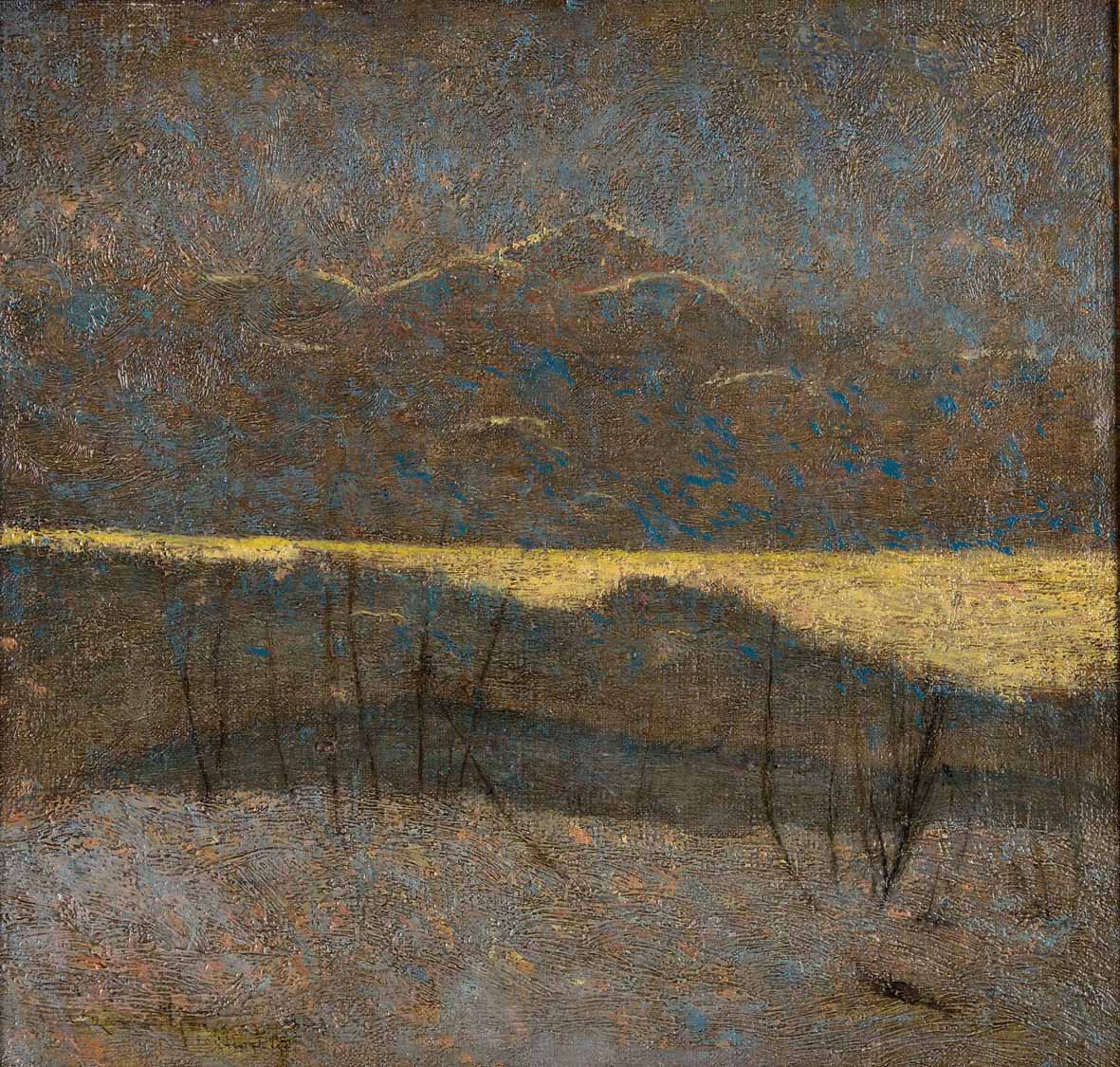
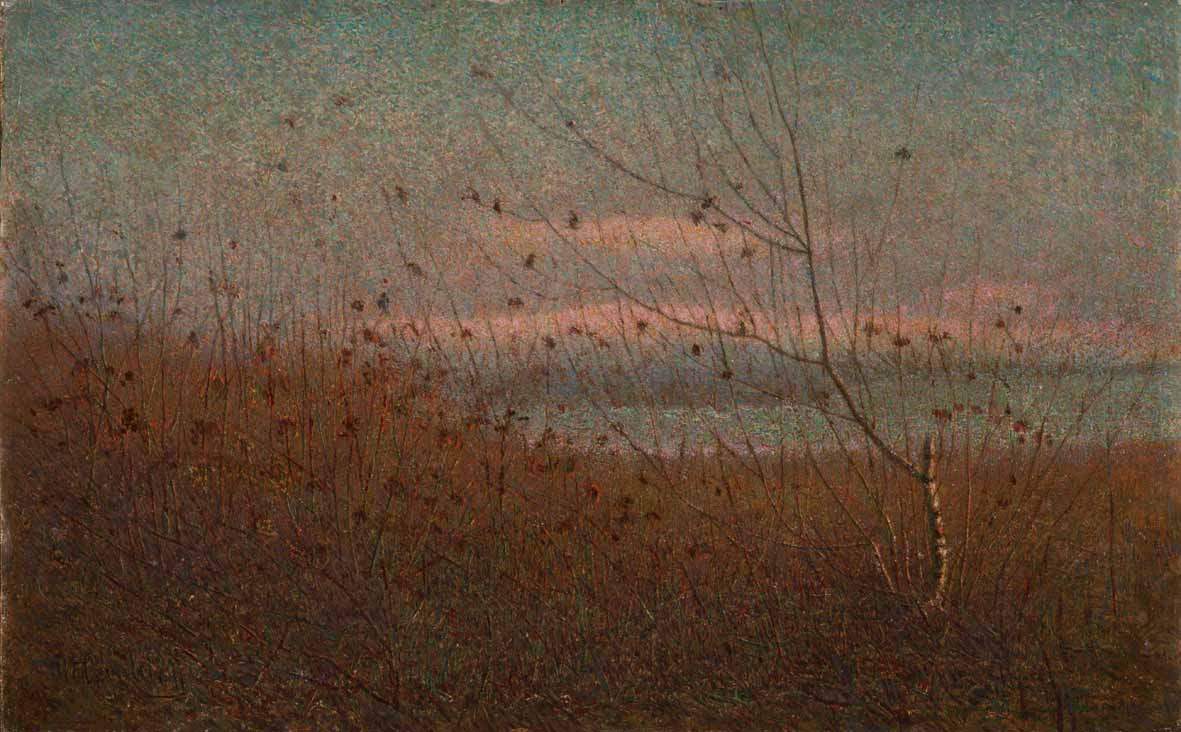
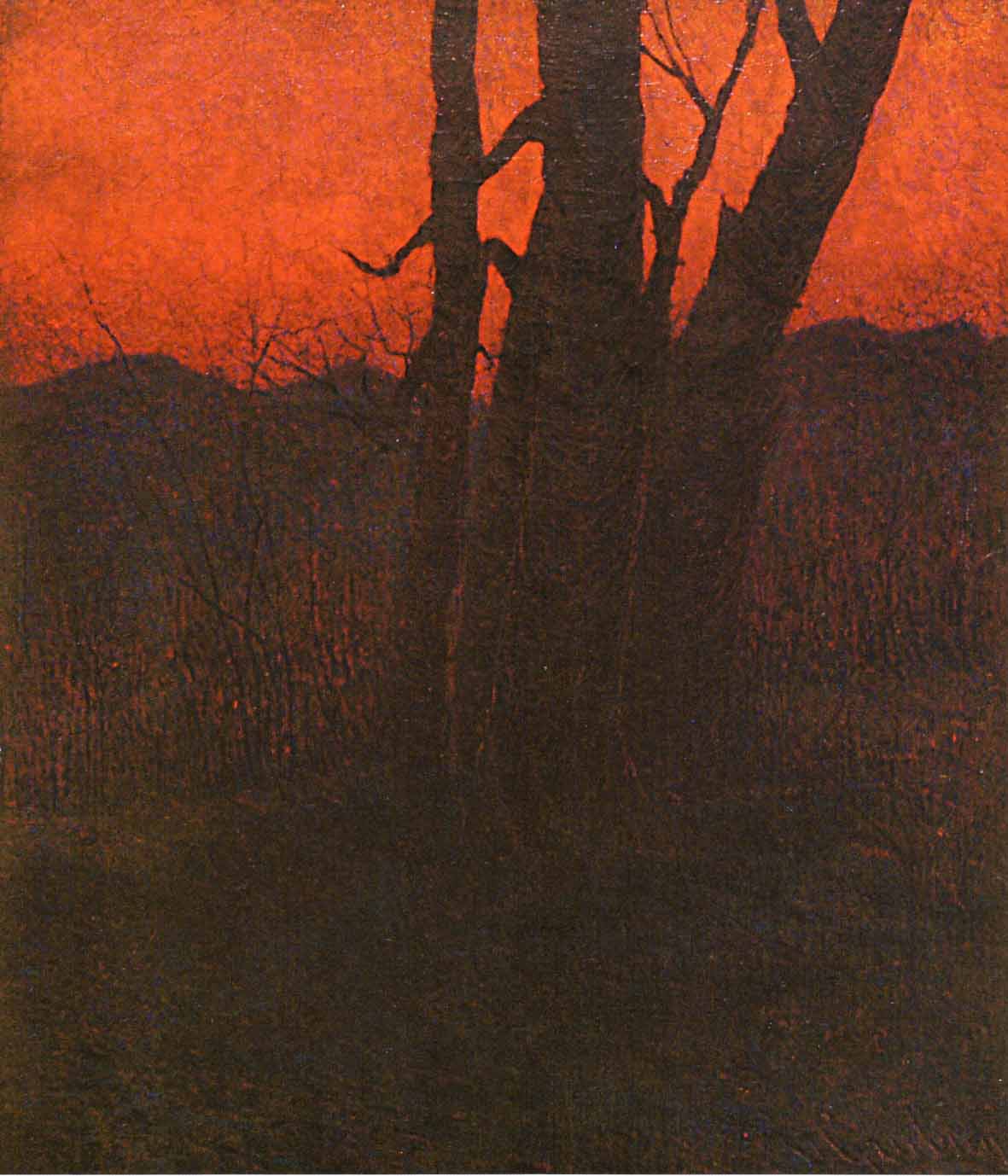
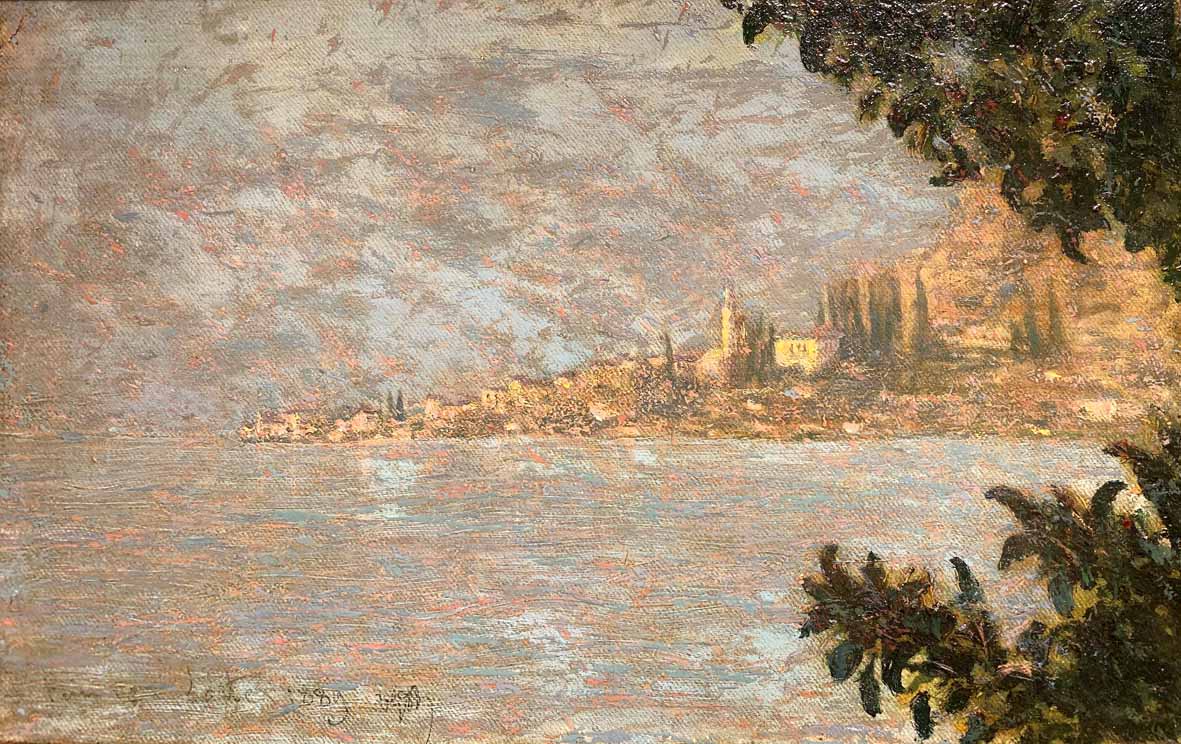 Vittore Grubicy
Vittore Grubicy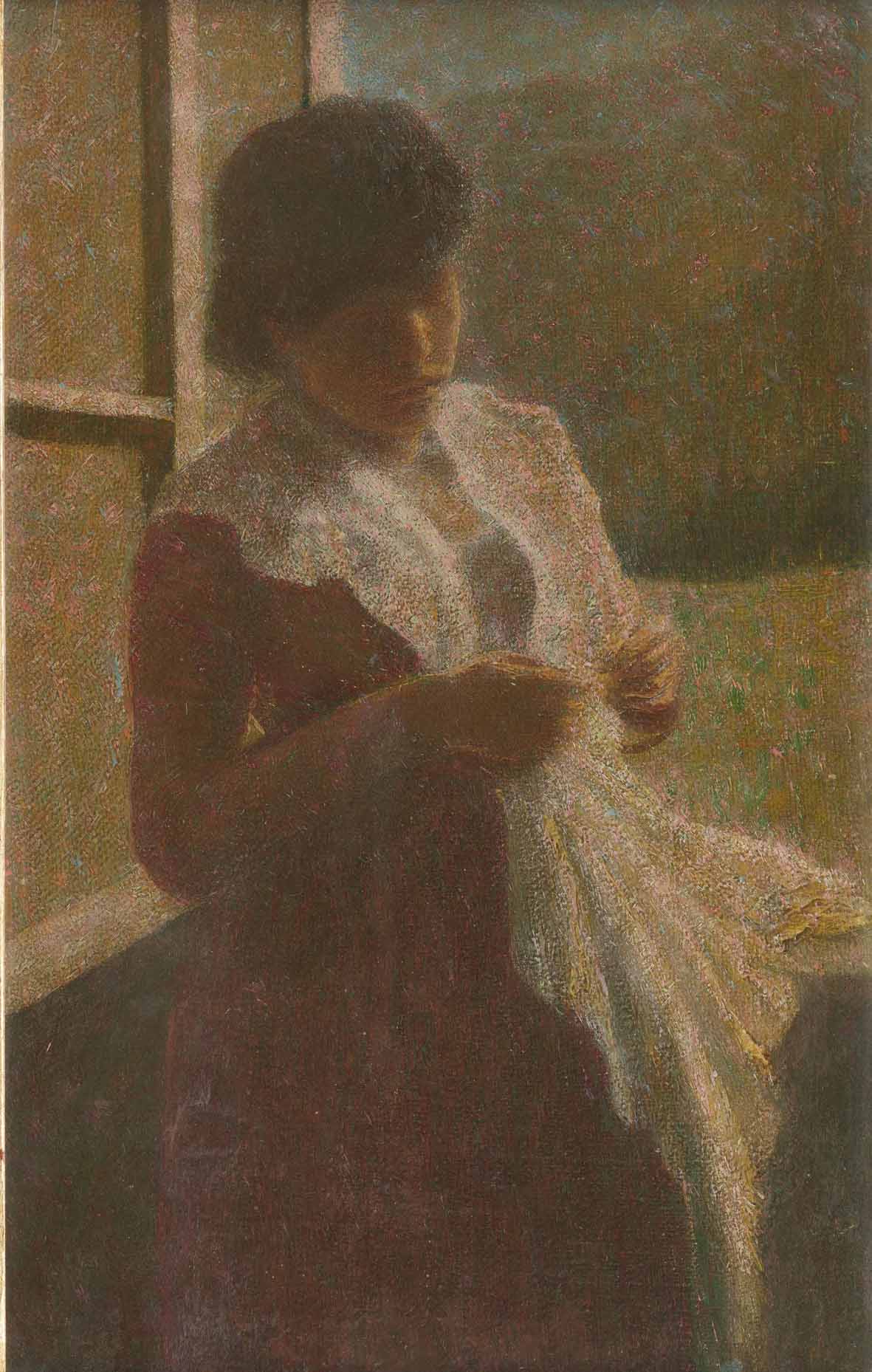 Vittore Grubicy
Vittore Grubicy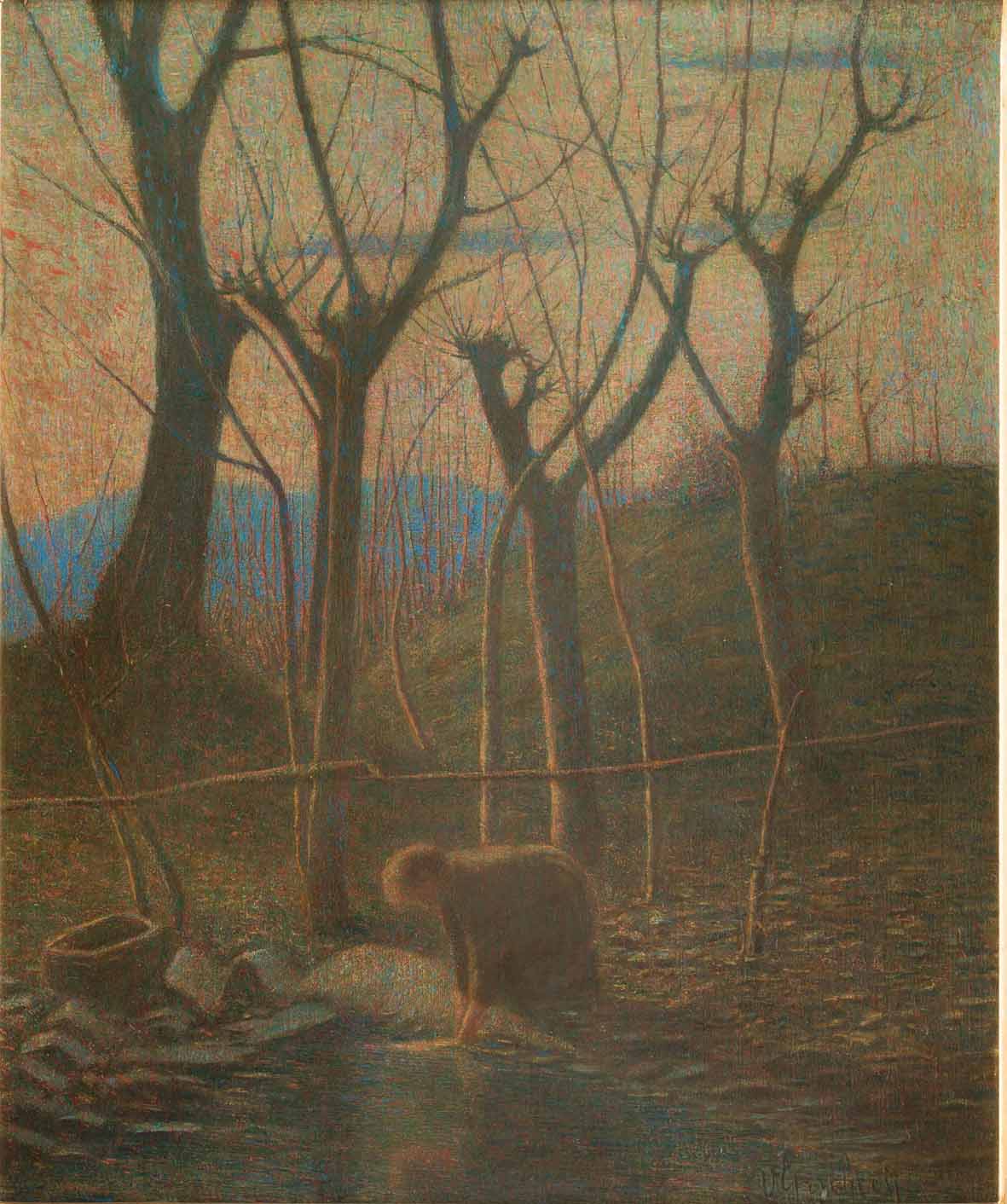
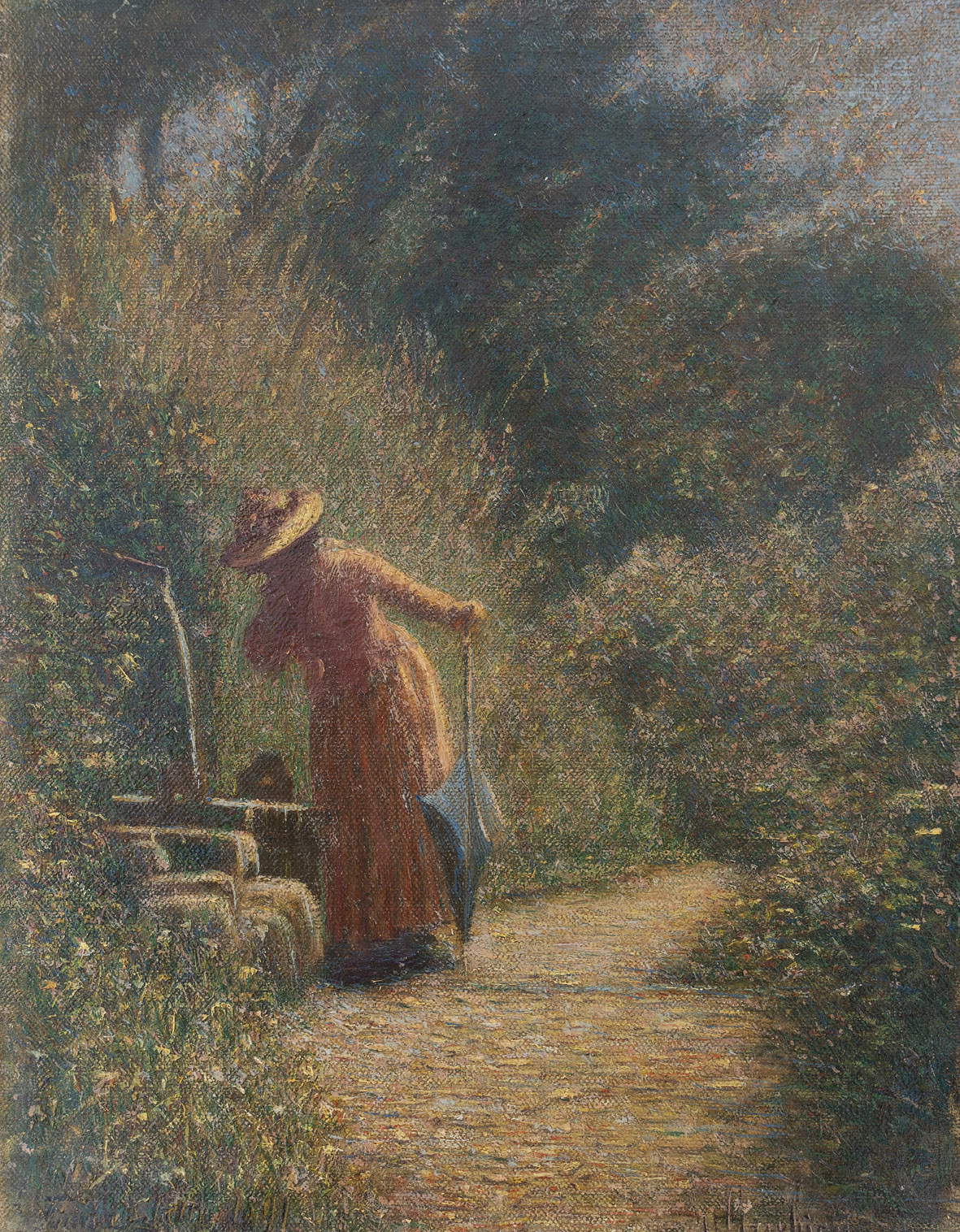
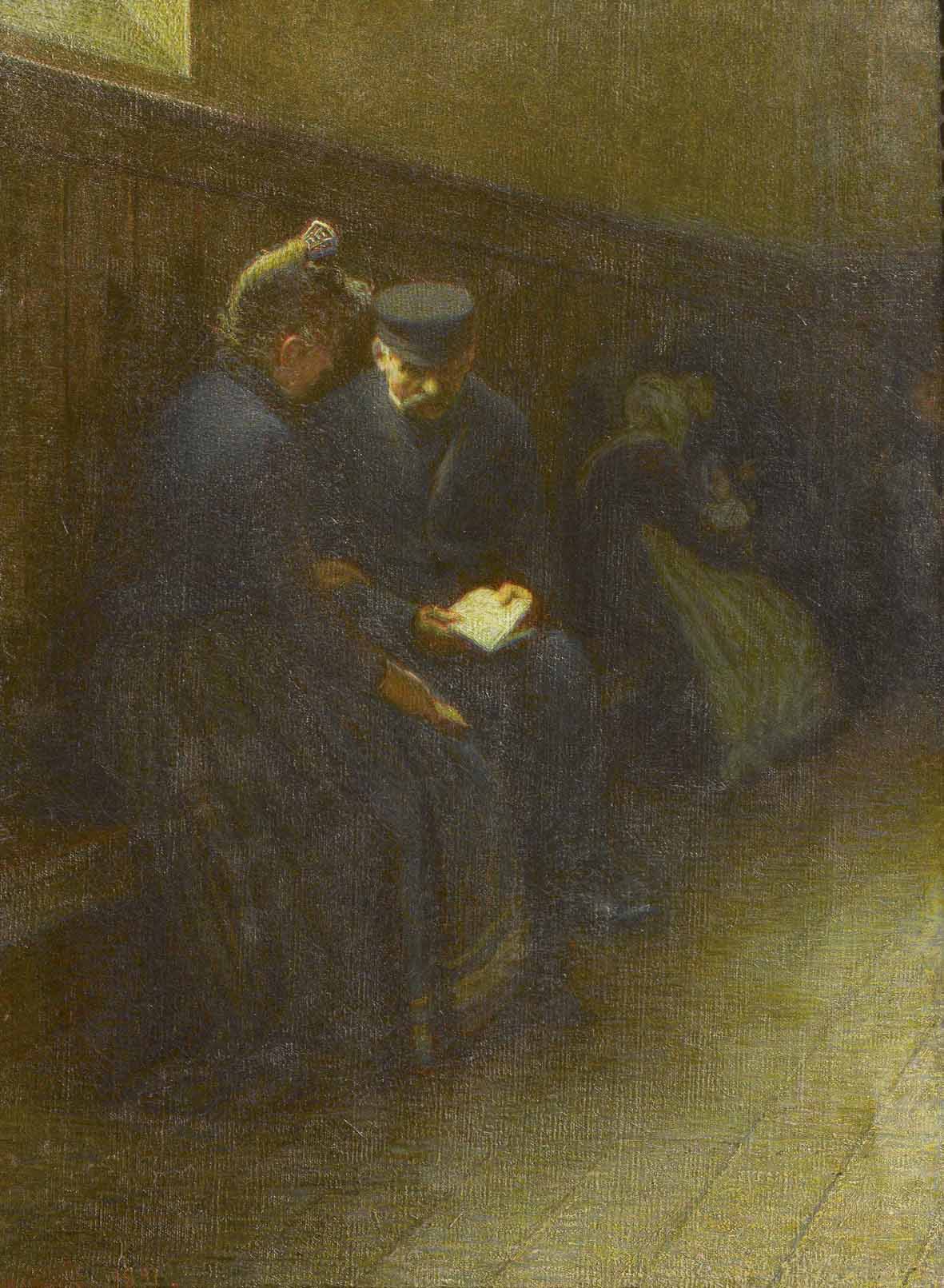
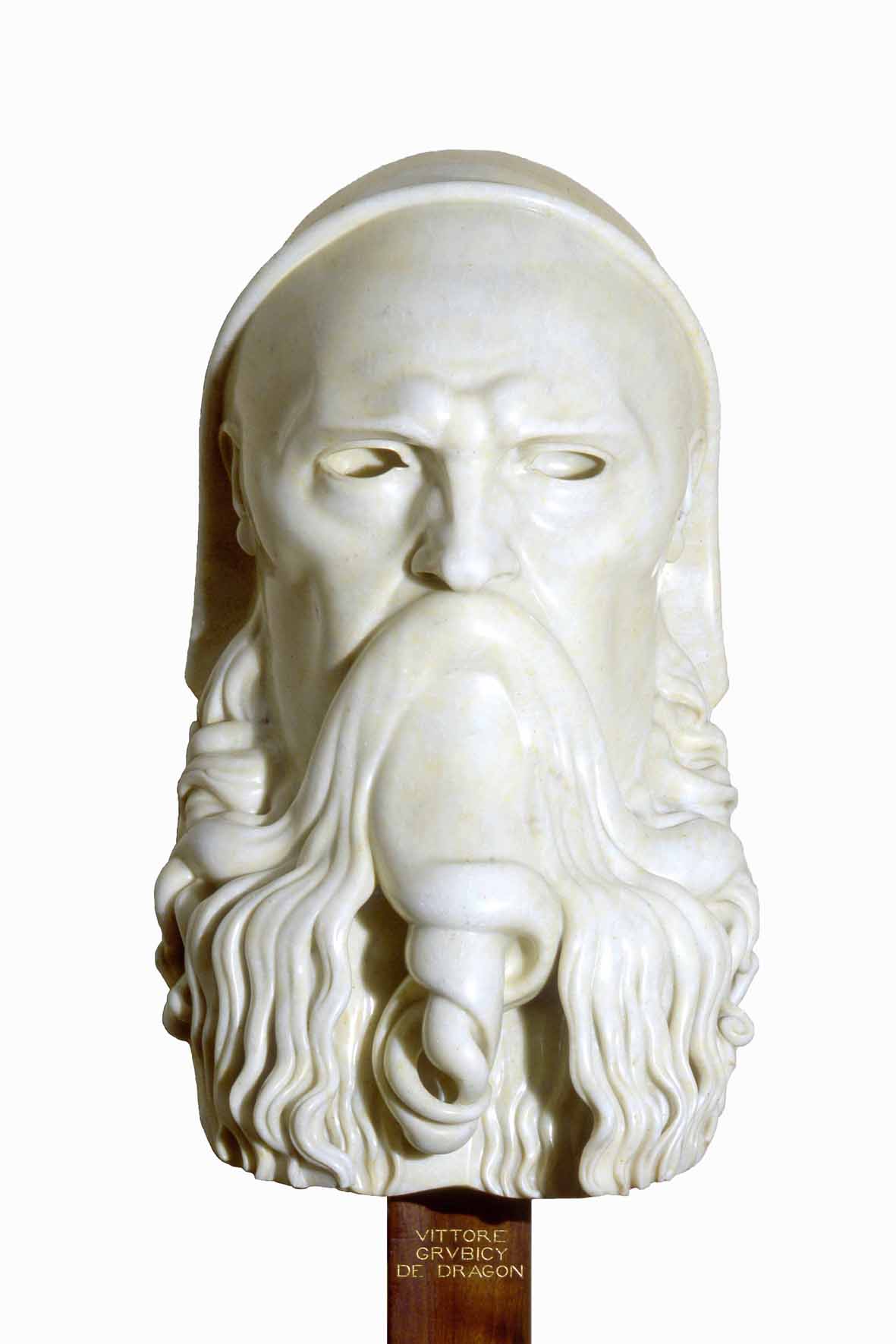
 |
| Livorno hosts major exhibition on Vittore Grubicy, artist and intellectual |
Warning: the translation into English of the original Italian article was created using automatic tools. We undertake to review all articles, but we do not guarantee the total absence of inaccuracies in the translation due to the program. You can find the original by clicking on the ITA button. If you find any mistake,please contact us.



























